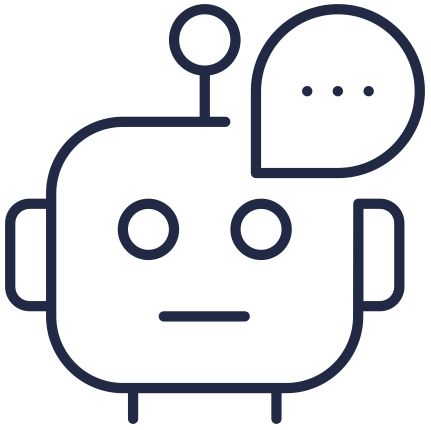 To effectively develop students’ information, digital, and AI literacy capabilities, design and incorporate activities and assessments that foster critical engagement with information and technology. The following evidence-based teaching practices can be used across all disciplines to embed the GLO into learning and assessment in meaningful, authentic ways:
To effectively develop students’ information, digital, and AI literacy capabilities, design and incorporate activities and assessments that foster critical engagement with information and technology. The following evidence-based teaching practices can be used across all disciplines to embed the GLO into learning and assessment in meaningful, authentic ways:
Set clear expectations for information use
- Clearly articulate the types of information sources students are expected to use (e.g., peer-reviewed, discipline-specific, credible grey literature).
- Explicitly teach students how to distinguish between scholarly and non-scholarly sources, including AI-generated content, and where ambiguities may arise (e.g., expert blogs, preprints).
- Let students know that the quality and appropriateness of sources, including how they evaluate and integrate AI outputs, will contribute to their grades.
- Engage with the Library to co-design or embed learning activities, guides, or tutorials to support students’ research and information evaluation skills.
Design scaffolding into assessments
- Break larger research-based tasks into stages: e.g., a research question, a short outline, an annotated bibliography, and then the final paper or presentation.
- Use formative checkpoints to give feedback on students’ research processes, choice of sources, and use of AI tools.
- Encourage the use of AI responsibly, asking students to reflect on how they used the tool, what limitations they encountered, and how they validated outputs.
Promote independent thinking and critical evaluation
- Use assessments that require students to compare, contrast, synthesise, and evaluate competing ideas or perspectives.
- Design tasks that challenge students to analyse the credibility, bias, and reliability of information and technologies, especially AI-generated or algorithmically filtered content.
- Incorporate frameworks such as SIFT or the CRAP test to support critical evaluation.
Introduce and model ethical use of digital tools and AI
- Integrate discipline-relevant digital tools (e.g., visualisation tools, collaborative platforms) into learning activities and assessment.
- Encourage ethical and professional digital communication and behaviour, including proper citation, copyright and responsible sharing of information and media.
- Discuss ethical and legal issues related to digital tools and AI in your discipline through case studies or guided discussions.
Support digital citizenship and online engagement
- Facilitate structured opportunities for students to collaborate and communicate online using tools such as wikis, blogs, Padlet, or discussion forums.
- Promote respectful and inclusive online communication, and guide students in defining appropriate digital etiquette for academic and professional contexts.
- Encourage students to reflect on the social, cultural, and professional implications of digital technologies and AI, including building a professional online presence (e.g., creating a LinkedIn profile or digital portfolio).
- Use discipline-specific examples to explore the broader societal impact of digital technologies and AI, including bias, misinformation, automation and access.
 To effectively integrate the Information and Digital Literacies GLO, embed it systematically across subjects, learning outcomes, assessment tasks, and teaching activities.
To effectively integrate the Information and Digital Literacies GLO, embed it systematically across subjects, learning outcomes, assessment tasks, and teaching activities. To effectively develop students’ information, digital, and AI literacy capabilities, design and incorporate activities and assessments that foster critical engagement with information and technology. The following evidence-based teaching practices can be used across all disciplines to embed the GLO into learning and assessment in meaningful, authentic ways:
To effectively develop students’ information, digital, and AI literacy capabilities, design and incorporate activities and assessments that foster critical engagement with information and technology. The following evidence-based teaching practices can be used across all disciplines to embed the GLO into learning and assessment in meaningful, authentic ways: 
